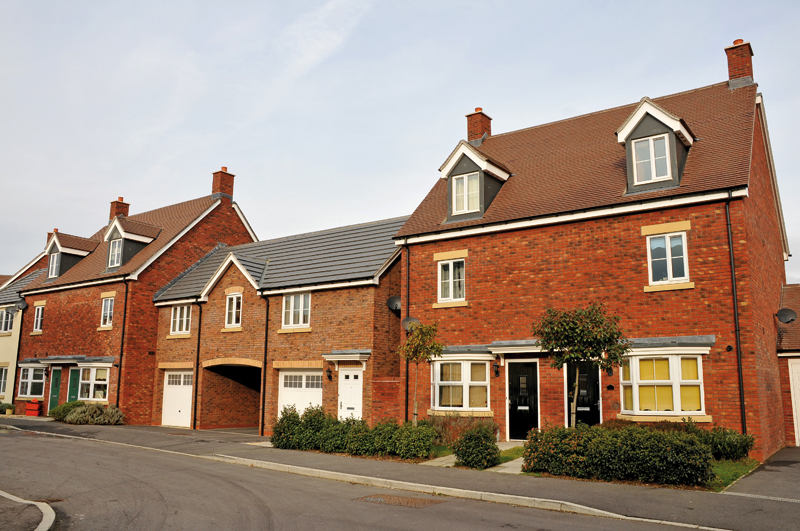Buy To Let
Buy-to-let stamp duty hike will lead to higher rents

The buy-to-let stamp duty surcharge will ultimately lead to tenants paying higher rents once it comes into effect this week, a property crowdfunding firm has warned.
From Friday 1 April, the government will add 3% to the existing Stamp Duty rates for those buying a second or buy-to-let property.
The hike will “cause rental yields to fall for landlords”, which will “put pressure on them to raise the rents they charge”, Lendinvest said.
According to its latest quarterly Buy-To-Let Index, which looked at the financial impact on landlords and their tenants of the extra stamp duty, property buyers in 13% of the country will pay stamp duty fees for the first time.
And a staggering 86% of first-time stamp duty payers will be in the Northeast or Northwest of the country as 12 out of 14 postcode areas in these regions have average house prices under £125,000. Properties worth less than £125,000 currently incur no stamp duty.
Darlington, Halifax and Doncaster will be among the worst affected by first-time stamp duty payments as these towns have the most properties subject to the tax, coupled with the lowest average rents. It will see SDLT rise from £0 to £3,750 – more than eight times the average monthly rent.
Landlords in inner London and Harrow need the longest to repay higher SDLT – the equivalent of 20 months’ rent, according to Lendinvest.
But outer London landlords including Tunbridge Wells, Dartford and Romford will be hit worse by the overall percentage increase. Some will see SDLT rise more than 300%, compared with less than 200% in inner postcode areas.
When taxes rise, someone has to pay
Christian Faes, co-founder and CEO of LendInvest, said: “The stamp duty hike spells bad news for landlords – and their tenants. Put simply: when taxes rise, someone has to pay. Our latest BTL Index shows that the likely payer is ultimately going to be the tenant, with higher rents. The SDLT hike will cause rental yields to fall for landlords, putting pressure on them to raise the rents they charge.
“It’s not just in Inner London, where landlords’ taxes will soar, that we can expect to see landlords and tenants squeezed financially. The Index shows that all across England and Wales, we will see many landlords factoring several thousands of pounds of stamp duty tax into their budgets for the first time.”
Faes added that while the additional duty is being imposed to “make Britain a country of homeowners”, there are “no quick fixes to the nationwide housing crisis” and until more houses become available at a reasonable price, tenants must be protected.